Unleashing the True Security Potential of Windows 11
Last Updated on April 13, 2023
Windows 11, Microsoft's latest operating system, comes packed with an array of security features. However, to fully harness its capabilities, reviewing and activating specific settings is essential. This guide will help you optimize your Windows 11 security for maximum protection.
Discover the secrets to unlocking unbeatable security on your Windows 11 system with our comprehensive guide. As cyber threats continue to evolve, you need to stay one step ahead. Learn how to fortify your digital fortress, enabling hidden features and adopting smarter browsing habits to ensure your data remains unassailable. Dive in and transform your PC into a well-protected haven, ready to withstand the ever-changing landscape of online dangers.
Table of Contents
- 1 Ensuring Optimal Antivirus and Firewall Functionality
- 2 Secure Remote Access and Login Options
- 3 Safeguarding Your Devices and Data
- 4 Establishing Data Backup
- 5 Enhancing Browser Security
- 6 Keeping Your System Updated
- 7 Strengthening Network Security
- 8 Adopting Safe Browsing Habits
- 9 Creating Strong Passwords
- 10 Enabling Two-Factor Authentication (2FA)
- 11 Safeguarding Sensitive Data
Ensuring Optimal Antivirus and Firewall Functionality
Checking and Activating Defender and Built-in Firewall
Although Windows 11 activates its built-in antivirus (Defender) and firewall by default, it's wise to double-check their status. To do this:
- Press [WIN + I] and type “security” in the search box.
- Select “Windows Security Settings” from the results. If all features display a green checkmark, your system is secure.
- If not, click on the disabled service(s) and enable them.
Strengthening Ransomware Protection
Ransomware protection serves as an essential addition to your antivirus software. To enable this feature, navigate to “Ransomware Protection” in the Settings menu. After activation, click on “Protected Folders” and add locations containing valuable information. By default, Documents, Pictures, and Desktop folders are included. Remember to grant necessary permissions to applications that require access to protected folders.

Secure Remote Access and Login Options
Disabling Remote Desktop
Remote Desktop allows you to access your computer remotely, but it often needs to be revised and poses a security risk. To disable it, visit the “Remote Desktop” settings and ensure the feature is turned off.
Embracing Password-free Login with Windows Hello
Use Windows Hello's fingerprint or facial recognition technology instead of traditional passwords for enhanced security. Access this feature by navigating to “Settings” > “Accounts” > and “Sign-in options.”
Implementing Automatic PC Lock
Dynamic locking, found under “Sign-in options,” automatically locks your computer when a paired Bluetooth device goes out of range. This feature is particularly useful in work environments.
Safeguarding Your Devices and Data
Enabling Device Tracking
For laptops, activating device tracking is highly recommended. By enabling the “Find My Device” feature under “Privacy and Security,” you can locate your lost or stolen device online. Note that this requires Location activation.
Encrypting Drives with BitLocker
Protect your data from unauthorized access by encrypting your hard drive or SSD using BitLocker. To enable this feature, right-click the drive in File Explorer and select “Turn on BitLocker.” Follow the wizard to complete the setup and ensure you back up your security key.
Activating Anti-Phishing Protection
Prevent password theft by activating Anti-Phishing Protection under “Windows Security” > “Device Performance & Health” > “Application and browser control” in the “Trust-based Protection” section. Increase your security by enabling warnings for duplicate passwords or improperly stored login information.
Implementing Application and File Check Function
The Application and File Check function alerts you to potential viruses in downloaded files based on a central database. Enable this feature for an additional layer of security.
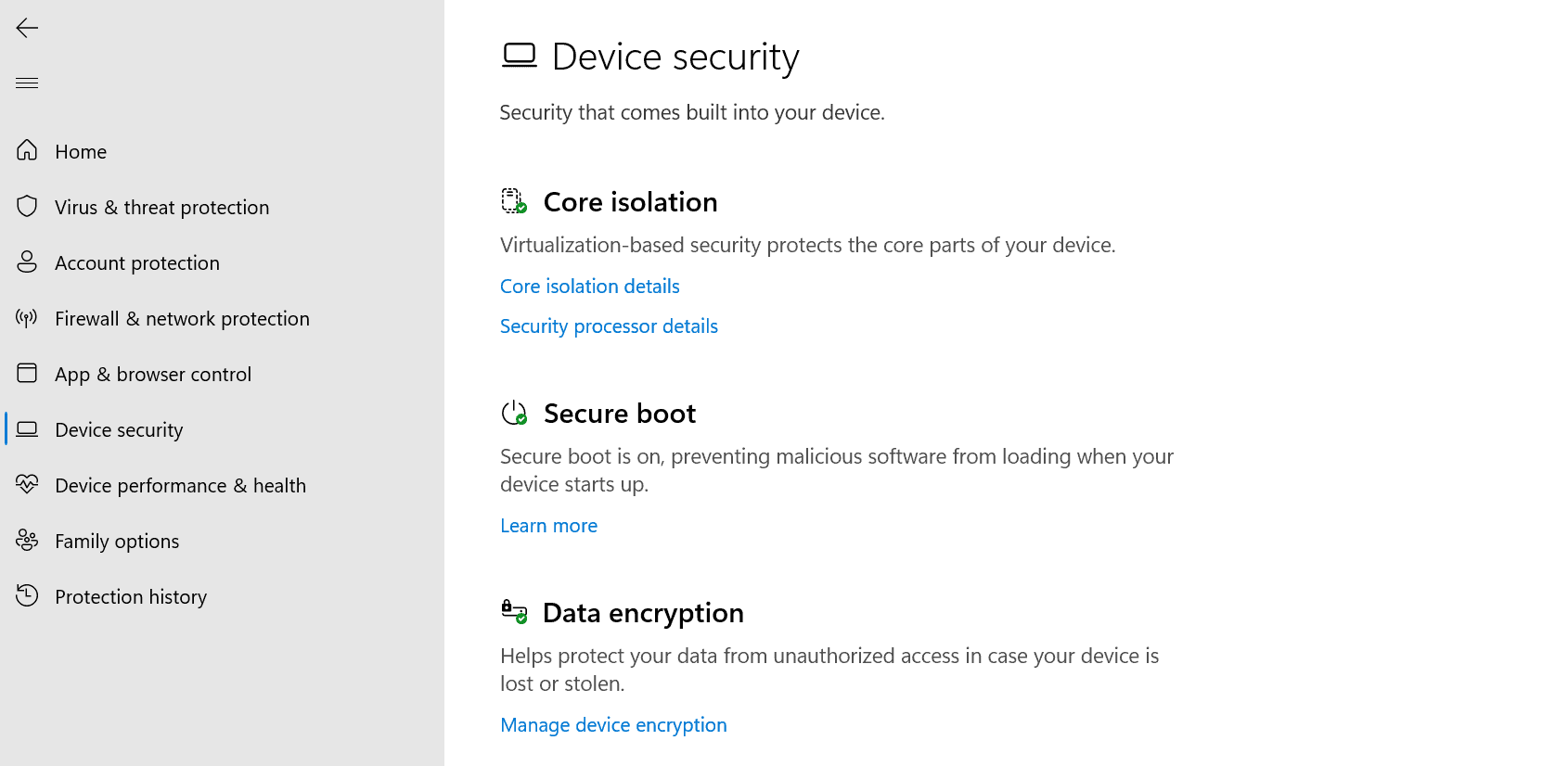
Establishing Data Backup
Using OneDrive and File History for Data Backup
Regularly backing up your data is crucial. Use OneDrive to back up Desktop, Documents, and Pictures folders to the cloud. Alternatively, employ File History to back up data on your PC to another drive, USB drive, or network location. Access File History by typing “File History” in the Settings search box and customize backup settings according to your preferences.
By following this comprehensive guide, you can unlock the full potential of Windows 11's security features, ensuring your system remains safe from threats and vulnerabilities. These best practices will fortify your computer against malware, ransomware, phishing attacks, and unauthorized access.
Enhancing Browser Security
Configuring Microsoft Edge Security Settings
To bolster your online security:
- Adjust Microsoft Edge's settings.
- Access the browser's settings by clicking the three-dot menu in the upper-right corner and selecting “Settings.”
- Navigate to “Privacy, search, and services.”
- Enable options like “Block potentially harmful apps” and “Block potentially unwanted apps” to protect against malicious software.
Utilizing Browser Extensions for Added Security
Additional security can be achieved through browser extensions. Consider using reputable extensions like HTTPS Everywhere, Privacy Badger, and uBlock Origin to boost your privacy and security while browsing the web.
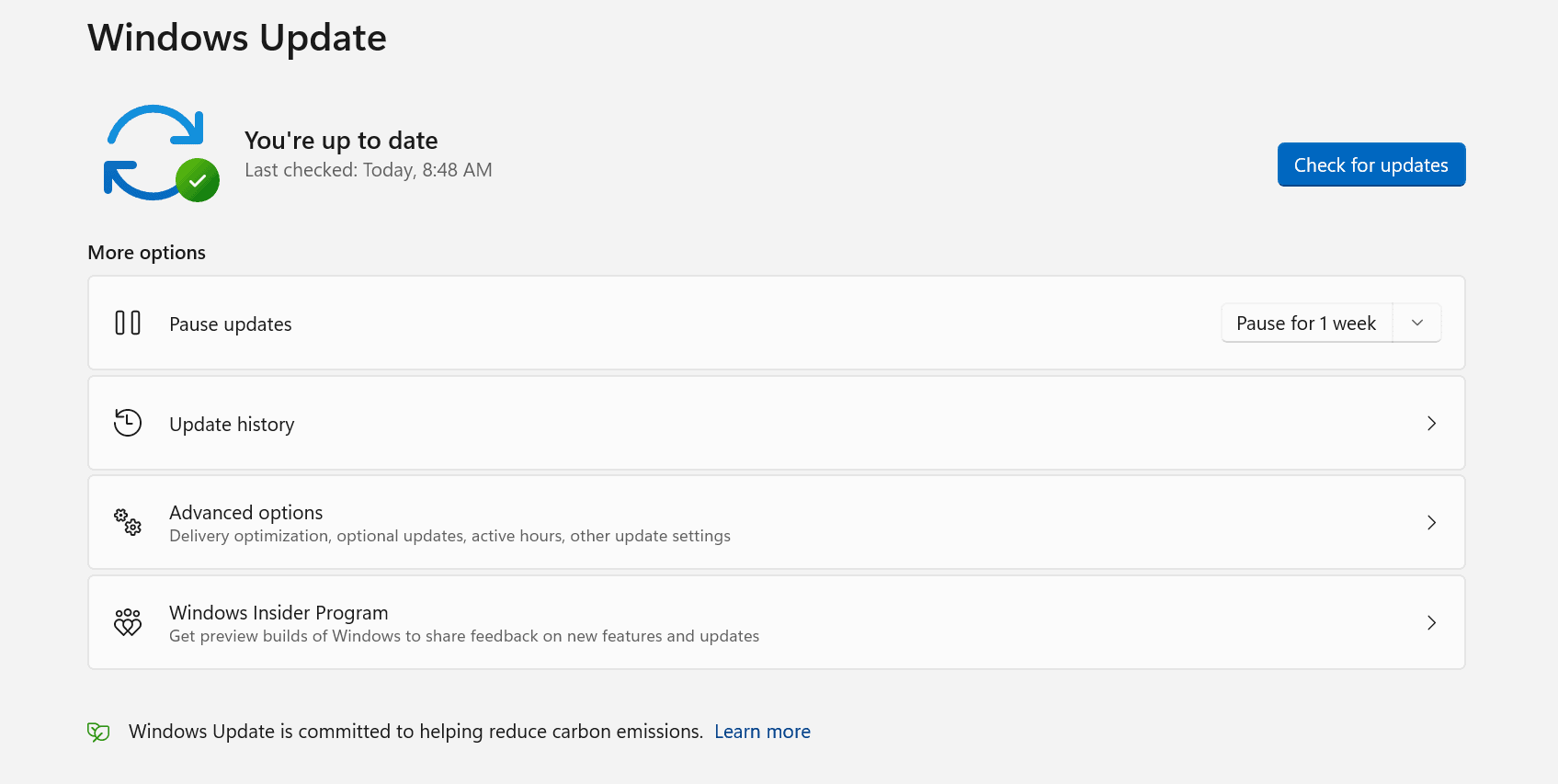
Keeping Your System Updated
Regularly Installing Windows Updates
Microsoft continuously releases updates to patch security vulnerabilities and enhance system performance. Keep your system up to date by regularly installing Windows updates. To check for updates, navigate to “Settings” > “Windows Update” > “Check for updates.”
Updating Installed Software
Apart from Windows updates, keeping your installed software updated is vital, as outdated applications can pose security risks. Regularly check for updates to your antivirus software, drivers, and other essential applications to maintain a secure system.
Strengthening Network Security
Activating Network Firewall
A network firewall serves as a barrier between your computer and external threats. Ensure your router has a built-in firewall enabled to protect your home network. Consult your router's user manual or the manufacturer's website for instructions on enabling this feature.
Securing Wi-Fi Connections
Secure your Wi-Fi network using robust encryption methods like WPA3, or at least WPA2, to prevent unauthorized access. Additionally, change the default network name (SSID) and password to protect your network.
Adopting Safe Browsing Habits
Beware of Phishing Scams
Phishing scams attempt to trick users into revealing sensitive information by masquerading as legitimate websites or emails. To avoid falling victim to such scams, be cautious when clicking on links, and always verify the authenticity of websites before entering personal information. In addition, look for secure site indicators, like a padlock symbol or “https” in the address bar.
Avoiding Suspicious Downloads
Malicious software often hides in seemingly legitimate downloads. To protect your system, only download files and applications from trusted sources. Be particularly cautious with email attachments from unknown senders, and always scan downloaded files with your antivirus software.
Creating Strong Passwords
Using Unique and Complex Passwords
Strong, unique passwords are essential for safeguarding your online accounts. Create complex passwords using a combination of upper and lower-case letters, numbers, and symbols. Avoid using easily guessable information, like birthdates or pet names.
Utilizing a Password Manager
A password manager can help you create, store, and manage strong, unique passwords for all your online accounts. In addition, using a reputable password manager ensures you don't have to memorize multiple complex passwords, reducing the likelihood of password reuse.
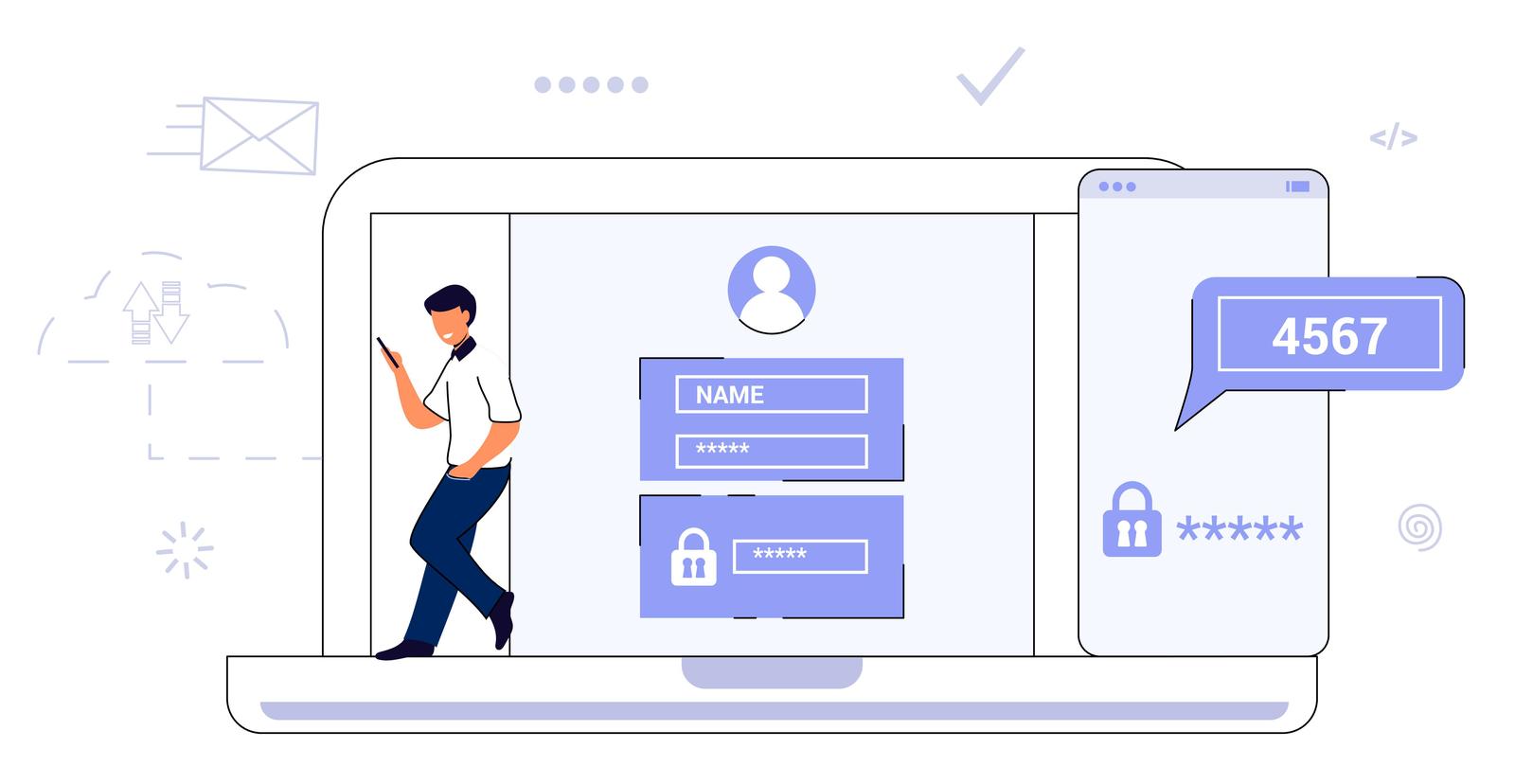
Enabling Two-Factor Authentication (2FA)
Strengthening Account Security
Two-factor authentication adds an extra layer of security to your online accounts by requiring additional verification, such as a one-time code or a fingerprint, in addition to your password. Enable 2FA on your most important reports, like email, banking, and social media, to significantly reduce the risk of unauthorized access.
Safeguarding Sensitive Data
Encrypting Sensitive Files
In addition to encrypting your entire drive with BitLocker, you can encrypt individual files or folders containing sensitive information. Tools like VeraCrypt or AxCrypt enable you to encrypt files and folders with robust encryption algorithms, ensuring your data remains secure even if your computer is compromised.
Regularly Reviewing App Permissions
Regularly review the permissions granted to installed applications and browser extensions to ensure they can only access necessary data. Revoke permissions for any apps or extensions that request excessive access or are no longer used.
By adopting these safe browsing habits and security practices, you can significantly improve the overall security of your Windows 11 system. In addition, staying informed about the latest threats and implementing appropriate countermeasures will help you maintain a secure digital environment and protect your valuable data from cybercriminals.
Don't leave your cybersecurity to chance! Trust the experts at iFeeltech to safeguard your digital assets with cutting-edge cybersecurity solutions and exceptional IT support. Our dedicated professionals are committed to securing your systems and providing unmatched peace of mind. Say goodbye to vulnerabilities and hello to a safer digital future. Act now and experience the iFeeltech difference – contact us today for a free consultation and step up your security game!


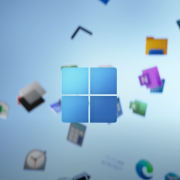
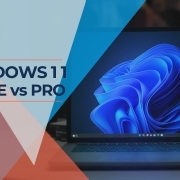



Leave a Reply
Want to join the discussion?Feel free to contribute!